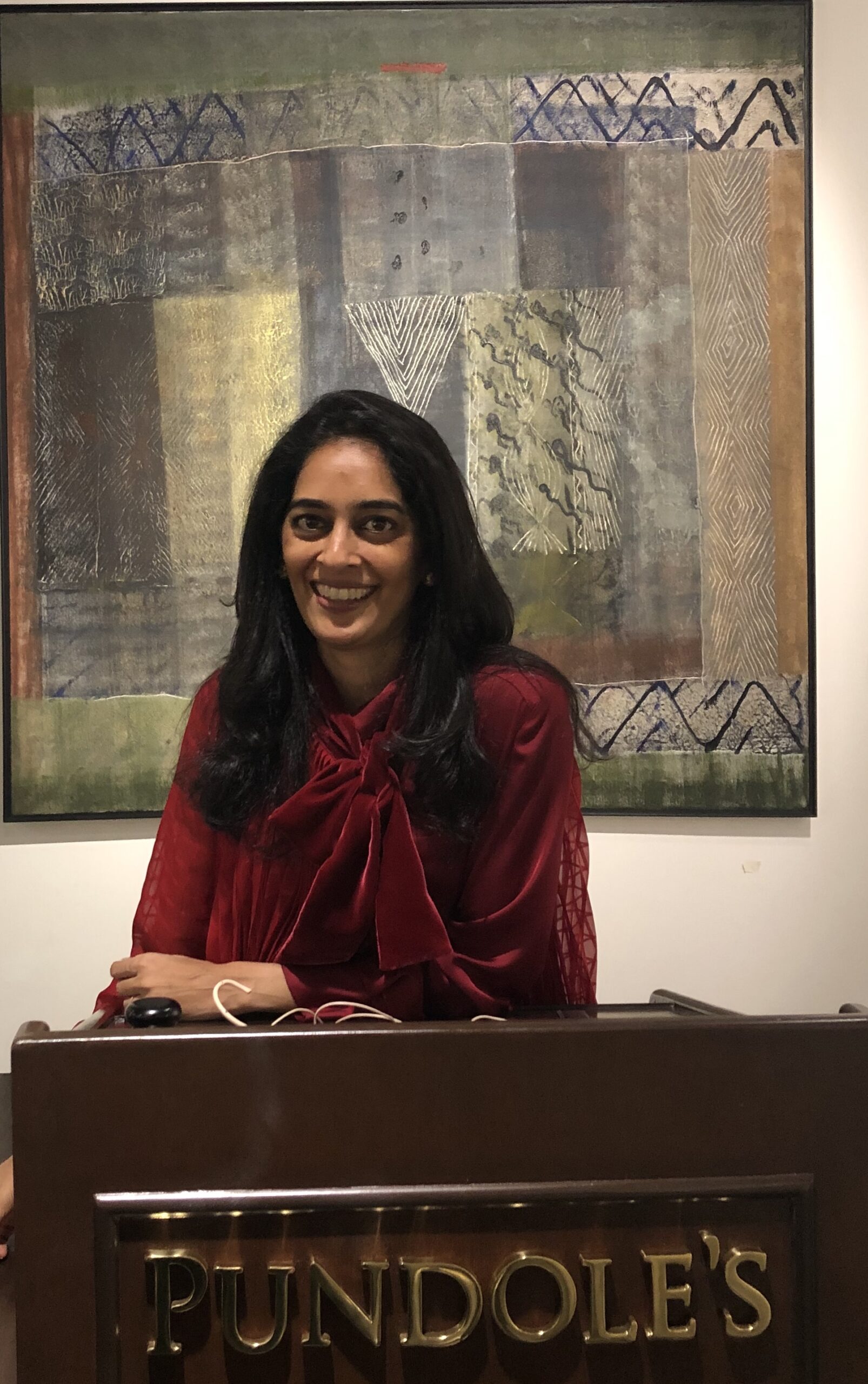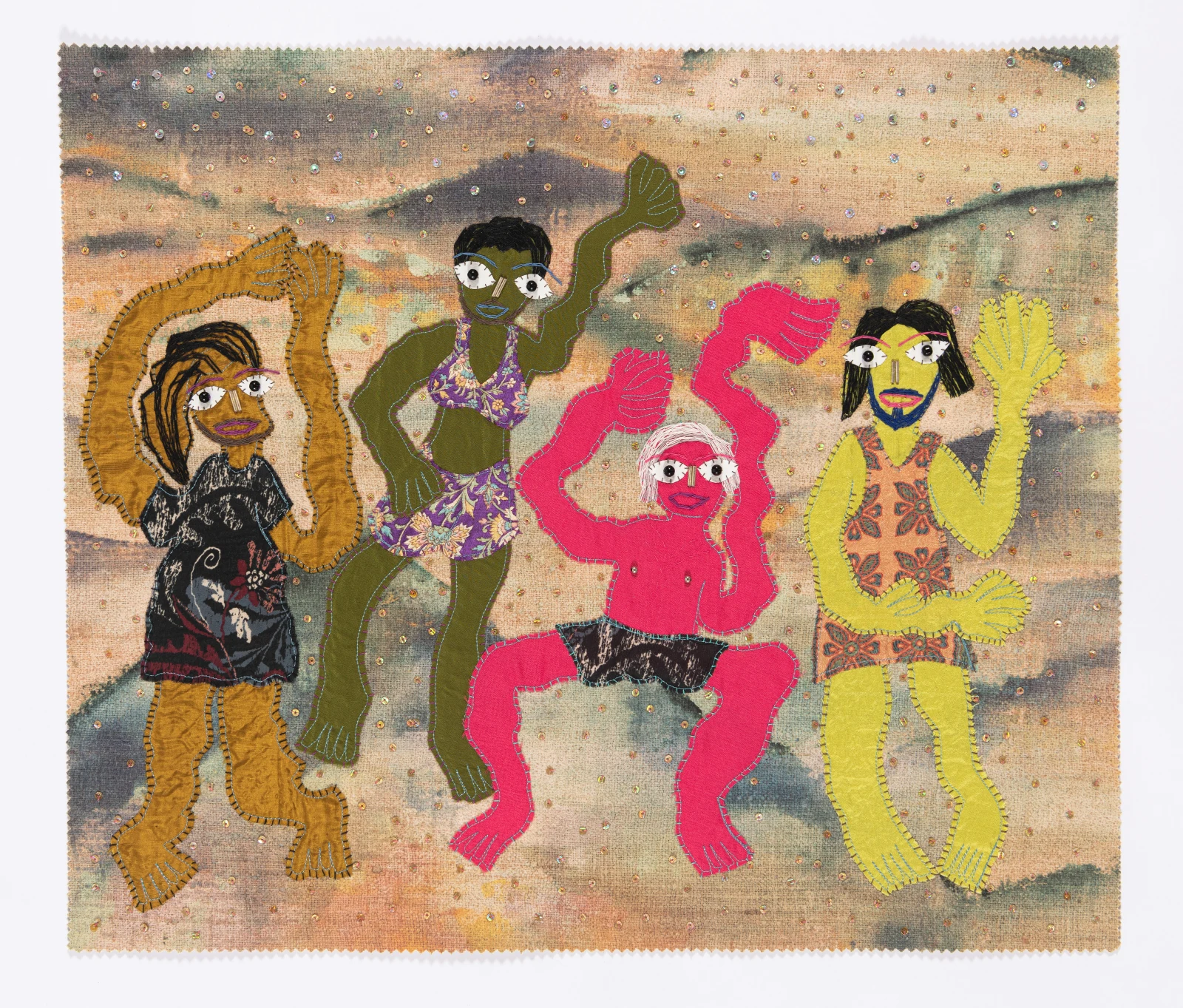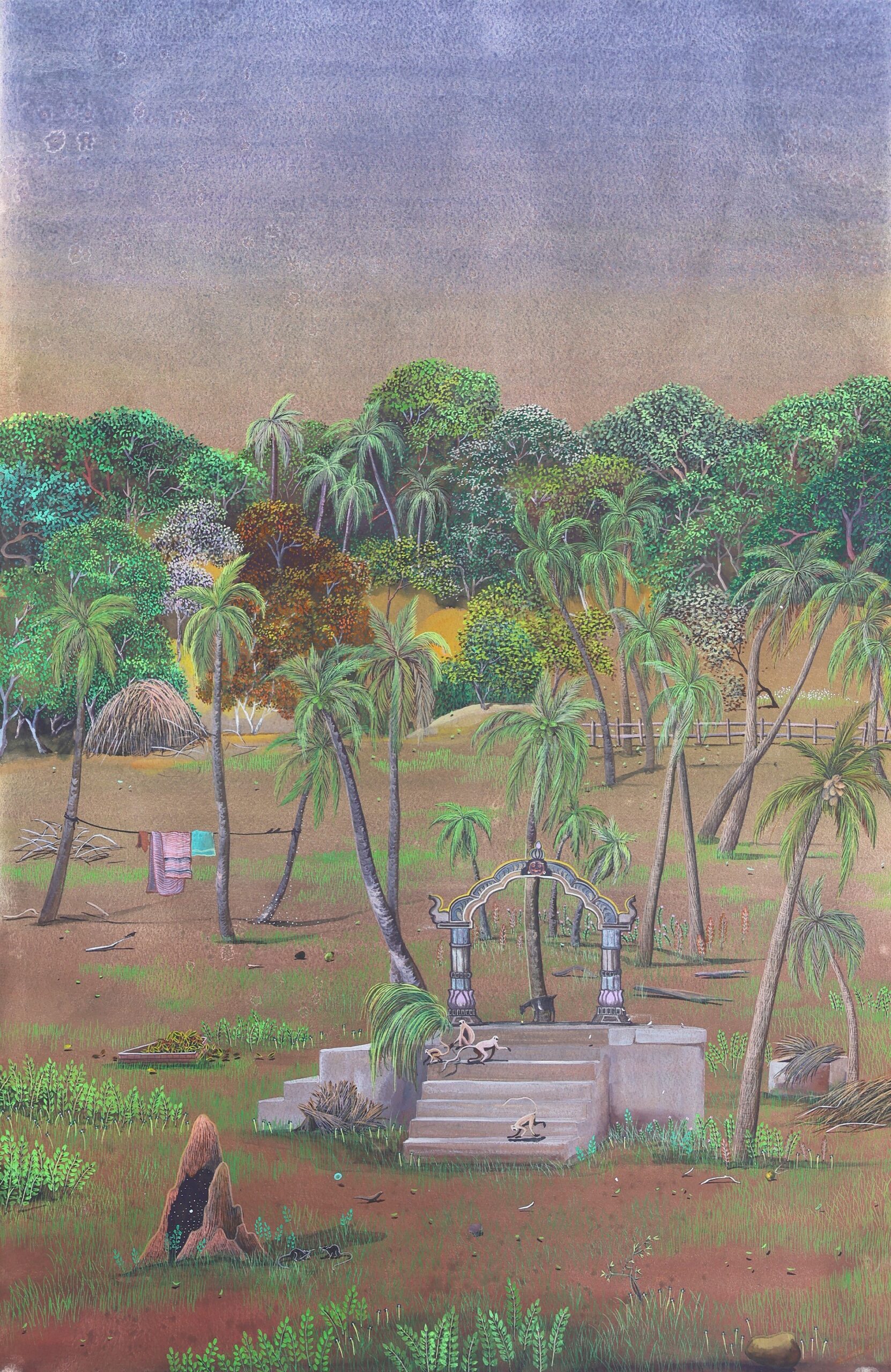Wassily Kandinsky was declared the pioneer of abstract painting. Had Hilma Af Klint’s paintings not been out of the public eye for 20 years after her death, she would have gained credit for the movement instead. Klint made her first abstract painting as early as 1906, five years before Kandinsky.
Hilma af Klint is an enigmatic figure in art history. She stayed in isolation for much of her life, engaging herself in spirituality which she depicted in some of her abstract works. She stipulated that her artworks not be shown to the world until 20 years after her death. Her discovery has rewritten history – art historians formally accept that she painted abstract art before Wassily Kandinsky, the supposed father of abstraction. Interestingly, the artist was active around the time that the scientific community was making discoveries about subatomic particles and electromagnetic radiations – concepts that extended beyond the visible world.
Abstract art does not attempt to represent reality the way it is but instead uses shapes, forms, and lines to achieve the effect of visual reality. Romanticism had initiated ideas about art that denied classicism’s emphasis on an imitation of the real. It instead stressed on the role of imagination and the unconscious as the essential creative factors. While this led to abstract artists exploring broader horizons, some contemporary artists continue the movement through their unique take on abstraction!
Andrew Holmquist: Abstractions of Landscape
A landscape abstractionist, Andrew Holmquist is known for the dynamic nature of his paintings made with bold colours and forms. While the hard lines in his paintings give an illusion of flatness, the scenes of abstraction he portrays do have a sense of depth to them. Inspired by the urban jungle of the city he lives in, much of his artworks depict urban life despite his having grown up in a fairly rural part of the US.
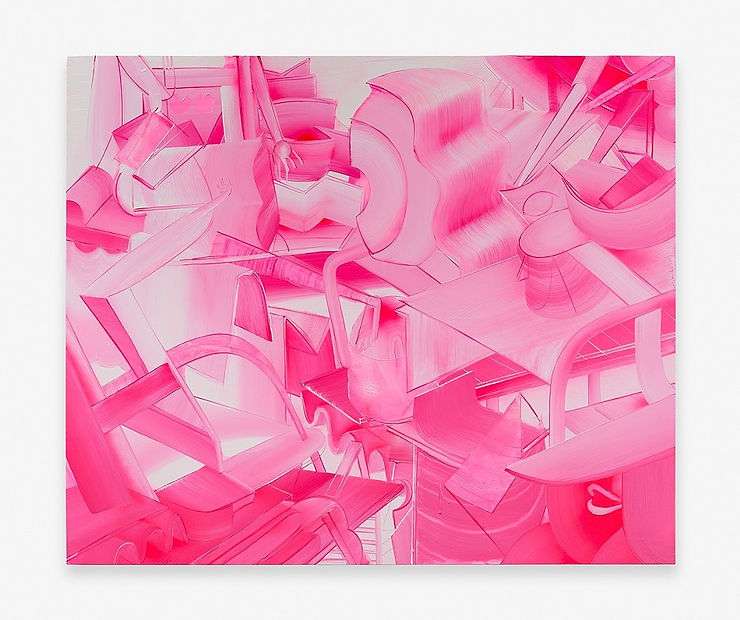
While he was directly inspired by Willem De Kooning, one can certainly notice the extension of af Klint’s abstractions in- his work. The artists started his career as a children’s book illustrator. The child-like curiosity and awe of spaces are reflected in his abstract work made with a playful graphic approach.
Tracy Thomason: Tangible abstractions
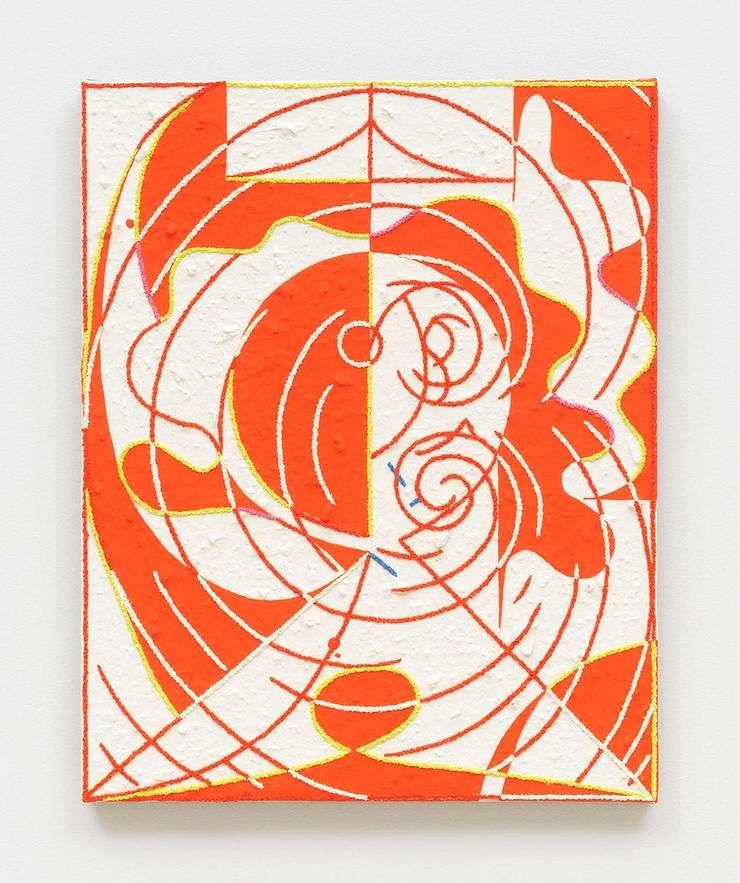
This artist uses paint and marble dust mixed into a clay-like material that is applied to linen surfaces. One can feel the form of her paintings on the artwork, allowing the audience to touch and see her work. Thomason’s grandmother was a practising Buddhist and also an artist. Some of her artwork has a spirituality parallel to Hilma af Klint’s. The concentric shapes, along with the contrasting colour, begin to mirror themselves while playing with negative space.
“I think of my work not only as shallow sculptures and these tablets of stone but as something that should be read and in addition that should be felt,” Thomason said for the Tennessee Journalist. She also depicts the female body and her work comes together as a medium of storytelling, allowing the viewer to contemplate and prod their imagination.
Tomas Vu: How Far is Dystopia?
This abstract artist plays with colours to describe dystopian futures. Having grown up in Vietnam during the War, Tomas Vu’s ideas of the world and its future are represented by the grey tones used in his paintings. The contrast of geometric shapes, signifying technology, with the green and brown leaves gives the viewer the sense of the tension between the two, a war in the making. The spaces in his paintings are gravity-less like the cosmic space or topographical landscapes.
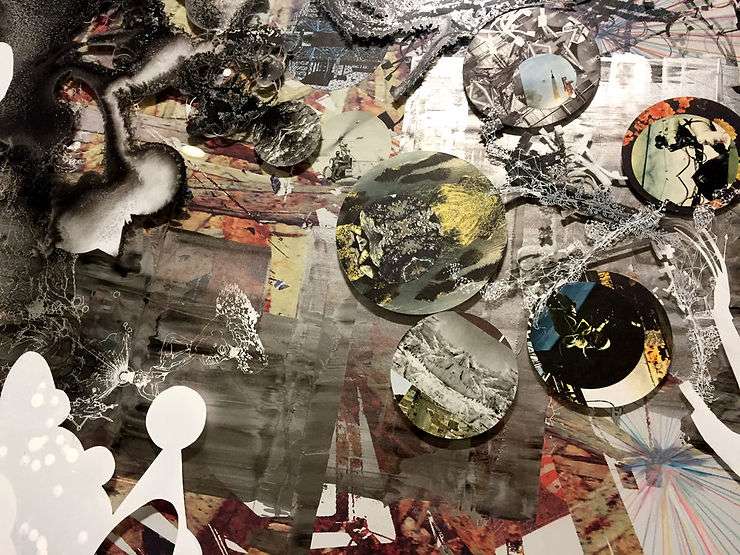
In a conversation with Phong Bui, a Vietnamese artist, he once said, “When I was in Vietnam I would watch John Ford’s western movies, like Stagecoach or The Searchers. There were always big desert landscapes and tall, peaky stone mountains. Then as soon as I got to El Paso, I longed for the mosquito-infested jungles. So I’m always fluctuating between the two. The painting always chases after something that isn’t there at all.”
Sandesh Khule: Geometry and Abstract Art
Khule gives an interesting take on abstract art by primarily using geometry in his artworks. While geometry is the primary source of inspiration for the artist, he employs colourful lines, and thus shapes, to create bright imagery in the abstraction. He has said, “My painting has a spiritual dimension in its purest sense. I searched of infinity (sic), enlightenment & awakening to the true nature of beauty.” This spirituality lends itself to abstraction, as it did with af Klint.
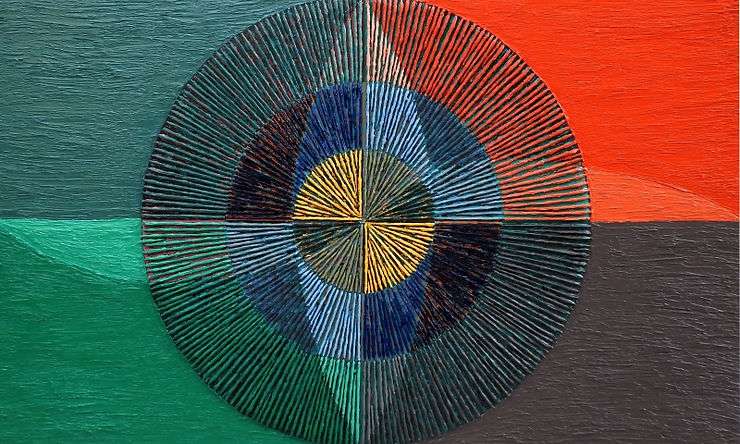
One can see the concepts used by Klint in spiritual paintings like “Number 2a: The Current Standpoint of the Mahatmas” and “The Swan No. 17″ reflected in his works with more complex details.
Leah Guadagnoli: Similarities in Spiritual Expression
Leah makes sculptural paintings with foam and other found fabric, giving her audience a three-dimensional experience that allows them to explore her imagery and abstraction in depth. Some of her abstract artwork is symbolic of female anatomy while others allude to the geometric shapes that Hilma af Klint made in her spiritual paintings. The artist believes that no artwork can be truly abstract; but rather symbols and shapes will always bring out internalised meanings by people.
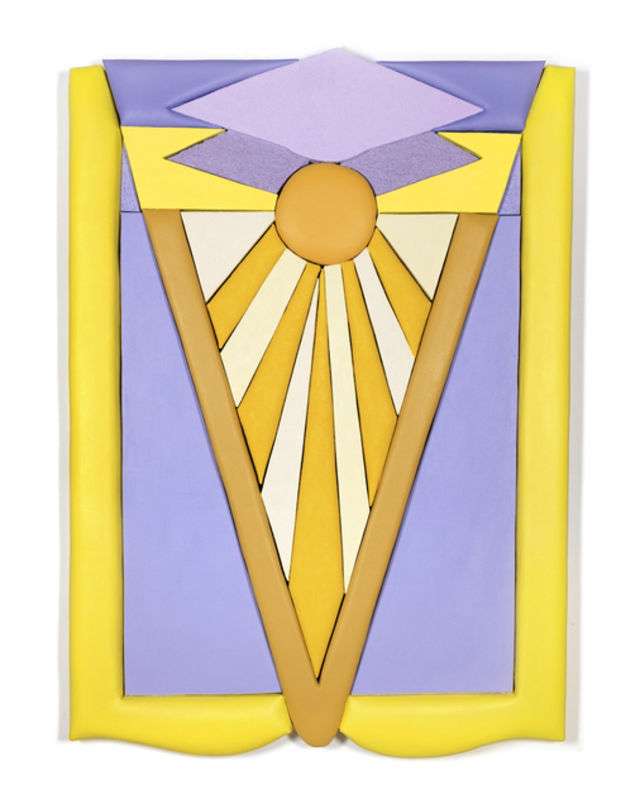
Her artworks like “Towards the Glow, Inside the Sunlight” and “Bomb Down the Sundial” are reminiscent of af Klint’s “Altarpieces” which had similarly used triangles and circles as tools to communicate a deeper message.
Jason Stopa: Abstracting Atmosphere
Stopa is known to create paintings that play with conventional notions of foreground and background. With a millennial touch, his paintings are reminiscent of a web browser with multiple tabs open. His work makes one believe that they are looking at a painting within a painting – the distinction between foreground and background completely blurred. In an interview with Valerie Brennan, a fellow artist, he revealed, “I just pick up on things around me – the feeling of a neighbourhood, places, things or people that mean something to me. I like to let intuition guide what I’m doing… The painting is about describing an abstraction – space, atmosphere and sensation.”
While the abstraction in his works comes from a place of detailed study, it also captures the contemporary, millennial perspective. His painting “Yellow Stage” seems to be a fictional stage of artworks placed in a gallery setting, capturing its “space” and “sensation”.
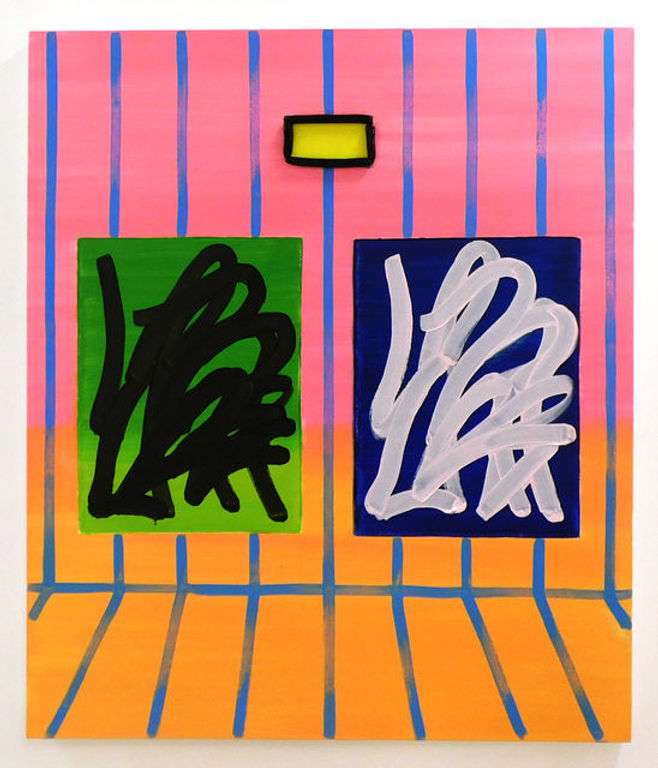
Hilma af Klint believed she was a “medium” – her paintings an expression of her spirituality. She was born in a palace and the localites of the town she lived in referred to her as a crazy witch. Filmmaker Haline Dyrschka told the Guardian about her thoughts on the misunderstood artist: “It’s easier to make a woman into a crazy witch than change art history to accommodate her. We still see a woman who is spiritual as a witch, while we celebrate spiritual male artists as geniuses.”
Developing an interest in abstract art? Find out how India became a muse for European abstractionists between the 1880s and 1930s!
